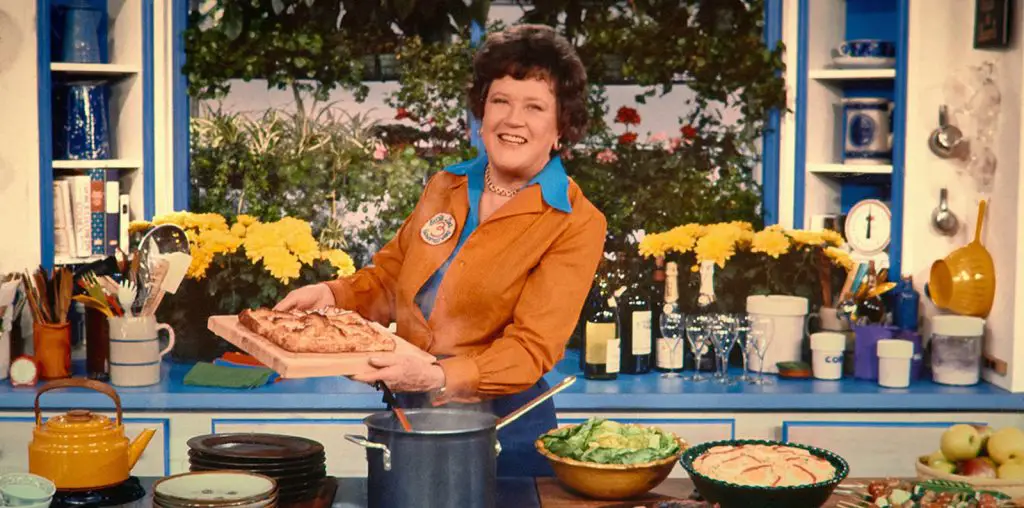
The line between “subject content” and “exposition” isn’t quite clear when it comes to the MPAA. Why should a film get a ratings shaft just because of the subject matter it contains? It is understandable if the film shows gratuitous events of sexual exploration, or even violence, but when it is merely talked about? Why should a film get an NC-17 for implying events and talking about them in conversation, without any harsh dialog?
Pedro Almodovar and his film Bad Education are the latest victims of this wretched evaluation. The MPAA declares it was rated NC-17 for, “a scene of explicit sexual content.”
Almodovar even tried to fight it, and he has every right to. He shoots the few sex scenes in this film tastefully – never do you see the immediate thrust of pelvis – you only see facial shots while the characters are in the act. This includes the one scene the MPAA must be talking about. Even a shot of ‘oral pleasure’ amongst two male characters is shot so that the viewer knows what is going on, but isn’t shown. Furthermore, there are no shots of penis, breasts or vagina in this movie. Everything considered “naughty” in this picture is simply suggested – not shown.
The rating wasn’t about to get changed though. According to MPAA spokeswoman Phuong Yokitis, the reasoning behind this crime was “explicit sexual content.”
Where exactly is this content? No shots of grotesque violence or nudity are involved and even “naughty language” is at a minimum. The only explanation one can muster up is that the MPAA (like its FCC counterpart) is so prude, they want to make the rest of us proper and modest as well, and like the FCC, they allow their personal beliefs to get in the way of other people’s artistic expression.
There is more sex, violence, nudity and profanity in PT Anderson’s magnificent Boogie Nights and that film is rated R. Maybe “Boogie Nights” was allowed to slide because the sexual content is between man and woman, which our society claims to be the right way to do things. The General in that film was even involved with an incident involving child pornography (not shown but suggested), which proves that whatever you put in your film is okay (as long as you don’t allow room for homosexuality or clergy molesting children).
“Bad Education” got this rating simply because of content and suggestion. That can be the only explanation. Since the film covers a lot of homosexual ground, it is obvious that the members of the MPAA may be a touch homophobic. Perhaps this topic is a main reason for such a harsh rating. Had the film contained these same sexual situations between a man and a woman, would it have been rated R? It could also be the transvestite element… perhaps an MPAA member or two were taking out their revenge for being swindled in their youth while trying to pick up a hooker. Okay, that might be a little immature and ridiculous, but what gives?
The plot of “Bad Education” also deals with a Catholic priest that falls in love with a ten year-old boy. While the character experiences the horror of molestation, Almodovar never shows it. In fact, the events themselves are rarely brought up, but the understanding is obvious.
The MPAA isn’t alone on this rating either; some other countries also gave it a comparable rating. South Korea, Spain, Ireland and the Canadian provinces of British Columbia and Ontario gave it their equivalent “18 years of age” rating. Of course, there is the opposite side of the coin. The Netherlands and France claim you only have to be 12 years old to see “Bad Education.” The United Kingdom, Poland and Norway only require you to be 15.
So what needs to be done with the MPAA? Reshape the group. Hire some people who understand that even though they feel a certain way about an issue doesn’t mean they have to force their beliefs on the rest of us. If suggestion alone makes the MPAA rate a certain movie NC-17, they really need to re-evaluate themselves. It’s great to know that facial shots and implication earn you an NC-17, yet in some cases; penises and vaginas only get slapped with an R.
In comparison to other countries, any “R-rated” audience would be able to handle the suggested subject matter that “Bad Education” contains. There just isn’t a valid reason behind the decision to label it NC-17. Many other films carry far more questionable material than this, and have R ratings. Giving it the NC-17 rating just poisons it for the mainstream audience. Most people that would attend an Almodovar movie know what to expect anyway.
For the most part, the MPAA offers a great service to the community by rating films in appropriation to age. Every once in a while, however, things go terribly awry. For example, a certain film containing the mere suggestion of certain sexual acts may get the dreaded NC-17, while another film may actually show us the sex acts in question and squeak by with an R rating. Michael Ferraro takes a look at some of these more questionable calls by the MPAA in an attempt to try and understand their madness.
Discuss this column at Back Talk>>>
